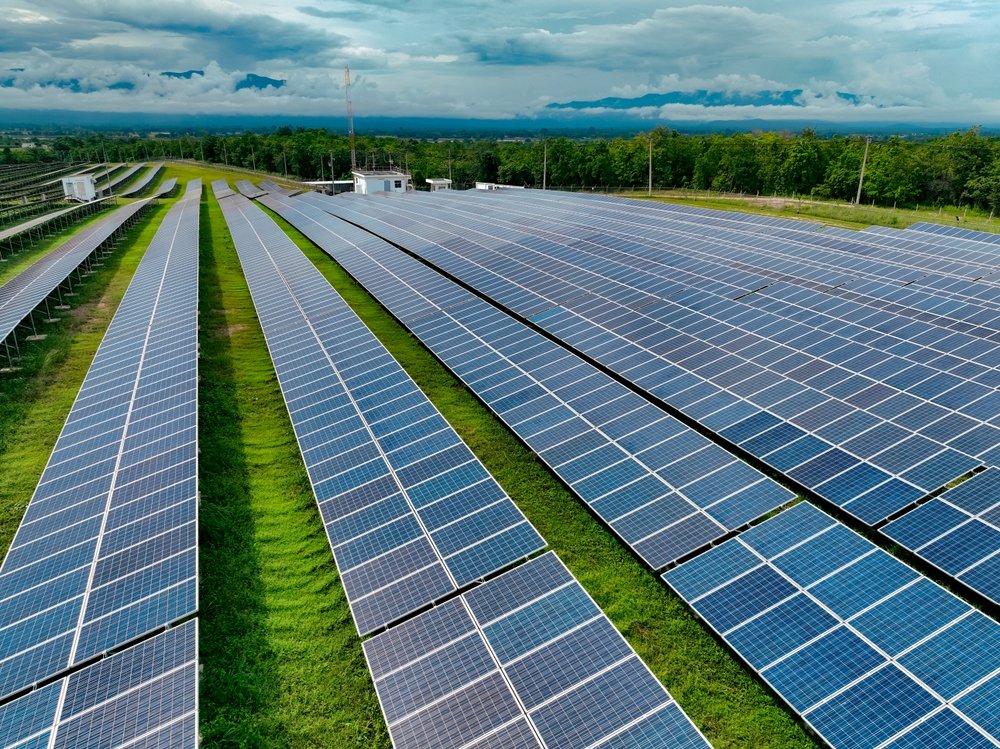Germany is generating record amounts of renewable energy, but the effect on its citizens is disastrous. Increasingly, negative prices on the electricity exchange mean that neighboring countries are supplied with electricity almost for free, while German consumers are paying billions for green energy costs. The supposed advantage of cheap energy is turning out to be the expensive mistake of the energy transition. (bild: 28.08.25)
Record Quantities Are a Problem for Consumers
An analysis by the company 1KOMMA5° illustrates the magnitude. In 2025, the average negative prices were minus 1.3 cents per kilowatt-hour. On May 11, the price even briefly dropped to minus 25 cents. This is a gift for countries like the Netherlands and Switzerland: They receive electricity exports from Germany and also collect money for the purchase.

For German households, however, a mountain of costs is created. Prof. Dr. Manuel Frondel of the Leibniz Institute for Economic Research makes it clear: “Negative electricity prices are the result of large surpluses of solar power. On sunny days, electricity supply significantly exceeds domestic demand. Therefore, additional demand must be created abroad.” While our neighbors benefit from free electricity exports, the cost of green electricity in Germany continues to rise.
Electricity treated like waste
Even more often, prices are just above zero. In such moments, surplus electricity ends up on the market like waste. Frondel puts it bluntly: “It’s like a disposal fee for electricity waste.” Taxpayers and consumers alike pay for the disposal of these record amounts of energy.
The imbalance is getting worse: The more renewable energy is fed into the grid, the more frequently prices fall into negative territory. At the same time, there is a lack of storage facilities that could absorb the record amounts and avoid negative prices. Frondel warns: “Taxpayers have to fear sunshine more and more!”
Energy transition with rising green electricity costs
Ten years ago, the share of green electricity was 34 percent; today it’s 61 percent. But instead of falling prices, pressure is growing. Grid overloads are forcing plants to shut down. Operators still collect compensation for this unproduced electricity. These sums flow directly into consumers’ bills via grid fees.
At the same time, guaranteed remuneration ensures producers a steady income even in the event of negative prices. Taxpayers make up the difference. According to Frondel, green electricity costs totaled €18.5 billion in 2024 alone. These figures show that, without a clear structure, the energy transition has become more of a cost factor than a relief.
Electricity Exports Benefit Neighbors
Only a few people in Germany benefit from the low prices. 1KOMMA5° explains: “Consumers can only benefit from negative prices with smart meters and dynamic tariffs. Less than three percent of households own such a device.”
The imbalance is obvious: Germany is paying billions to dispose of record amounts of electricity, while its neighbors celebrate electricity exports. Consumers bear the burden, while neighboring countries reap the benefits. The energy transition is thus not leading to lower prices, but rather to rising burdens – an illusion that is becoming increasingly expensive.
